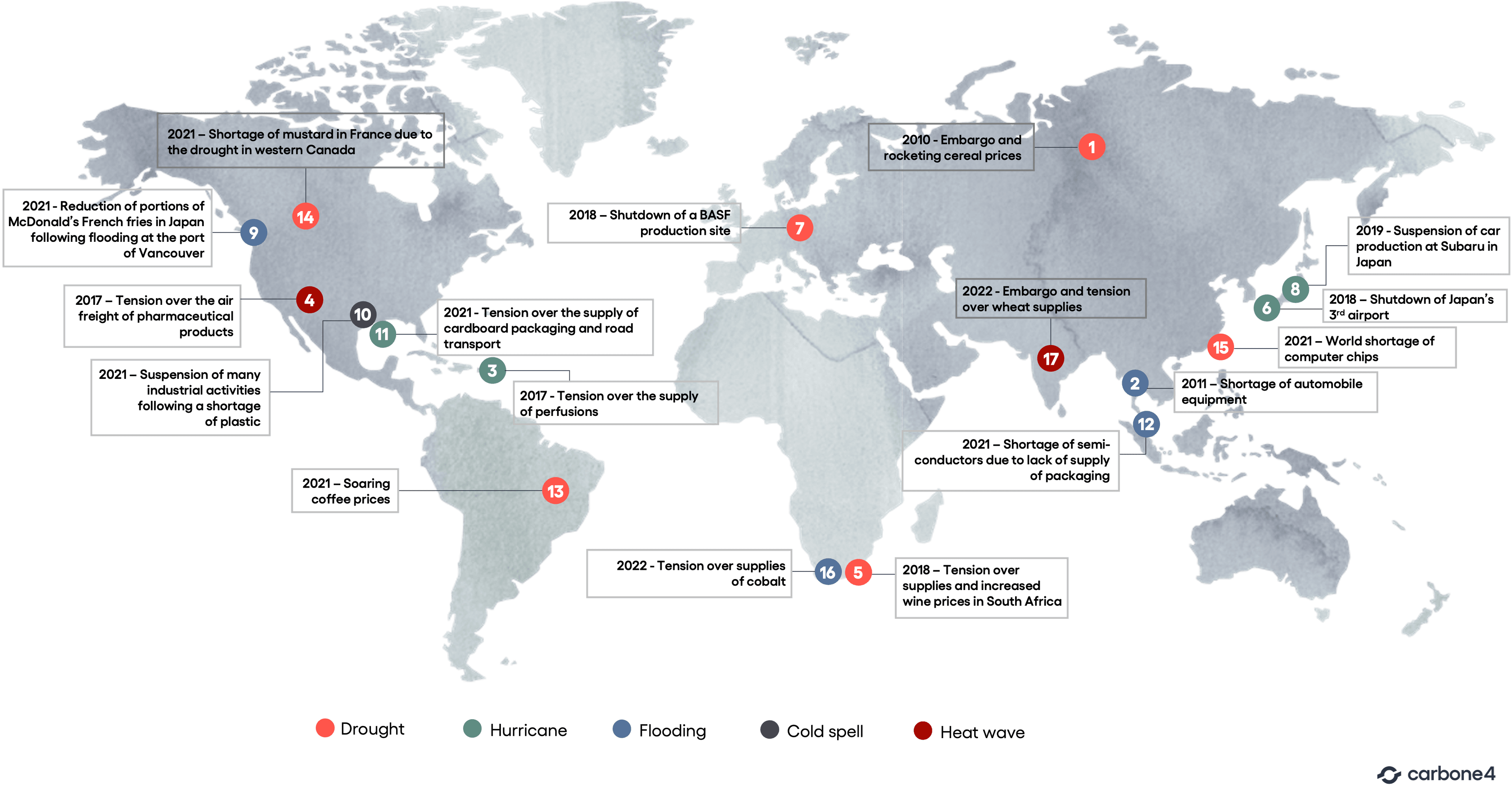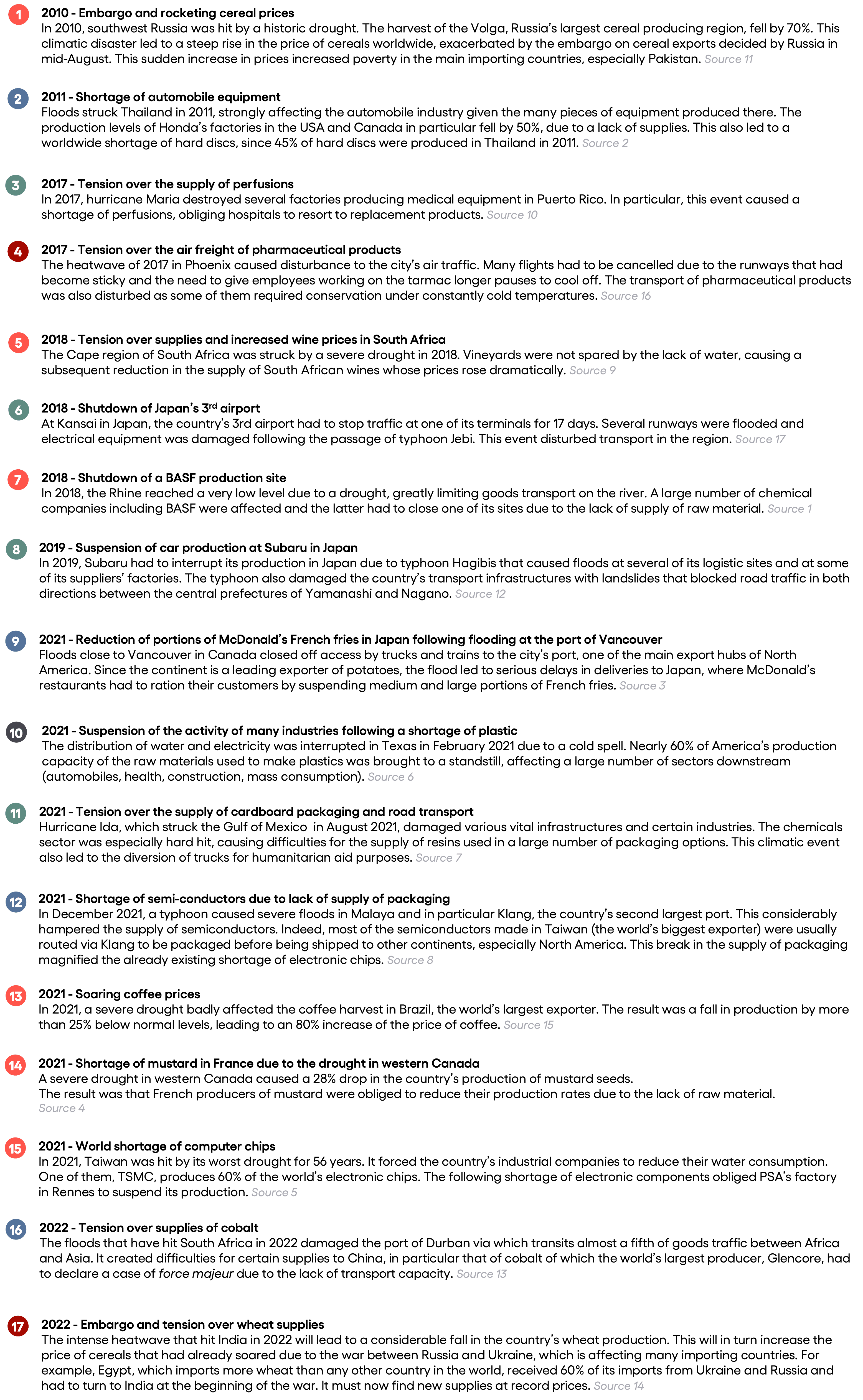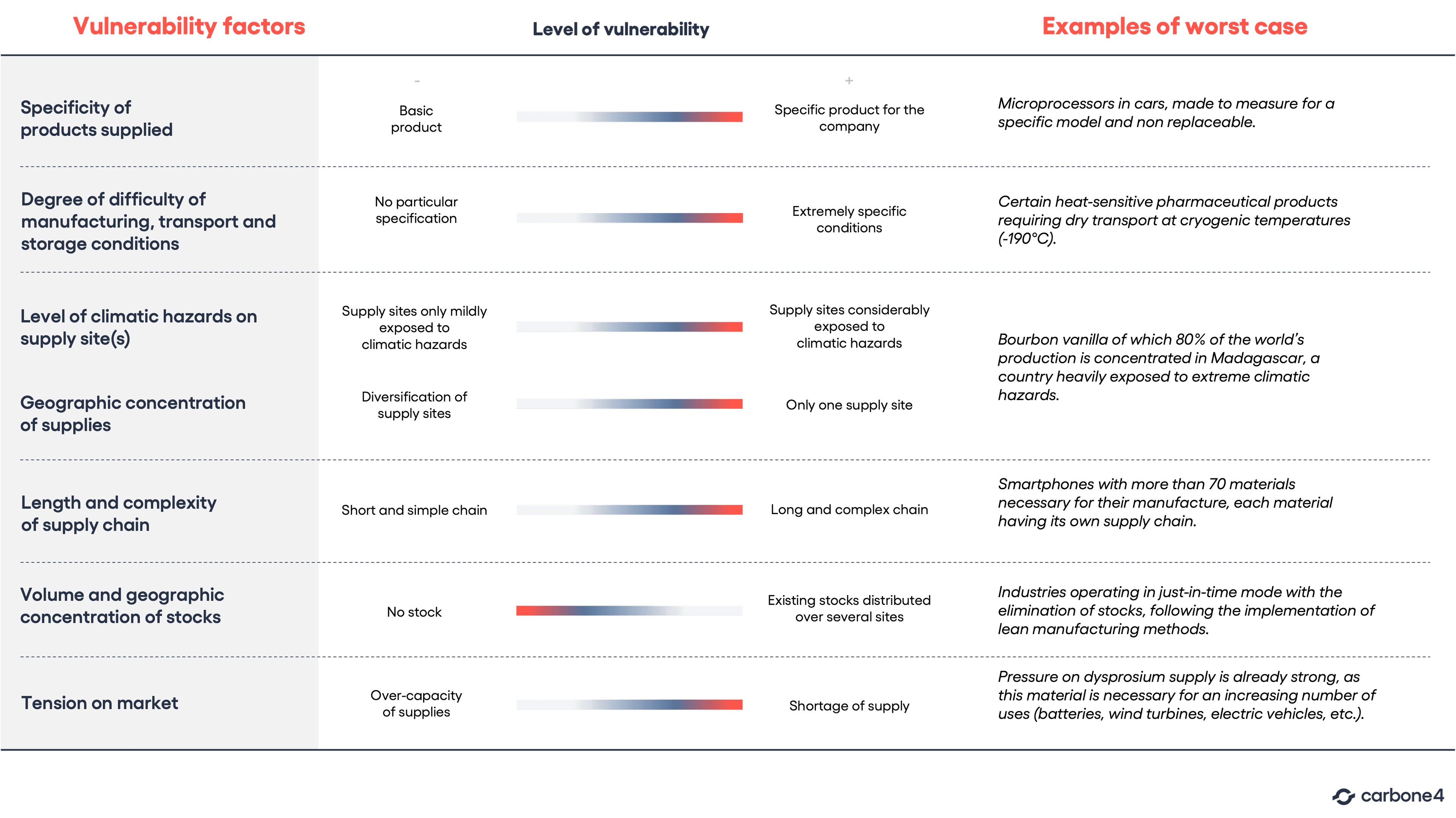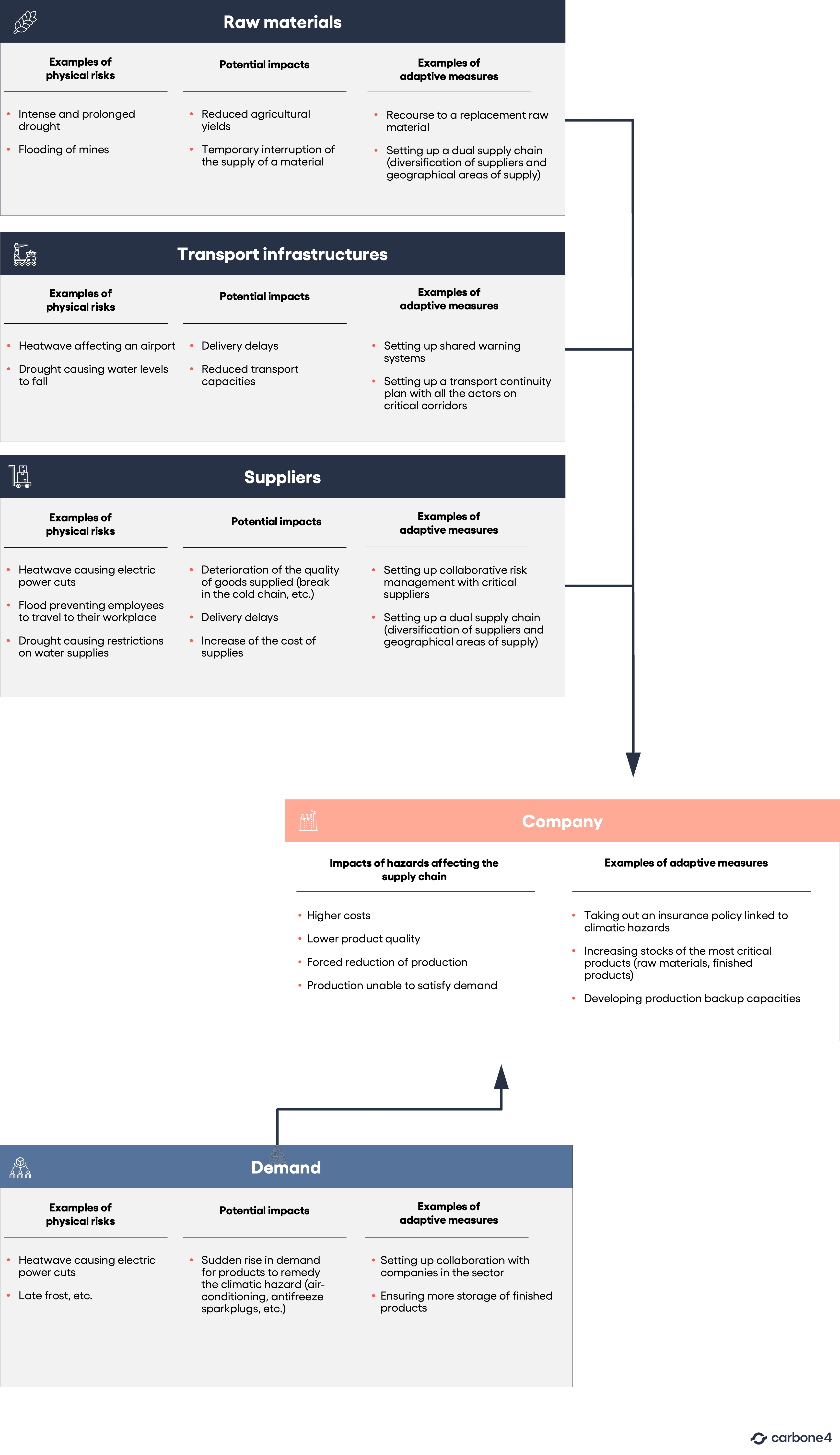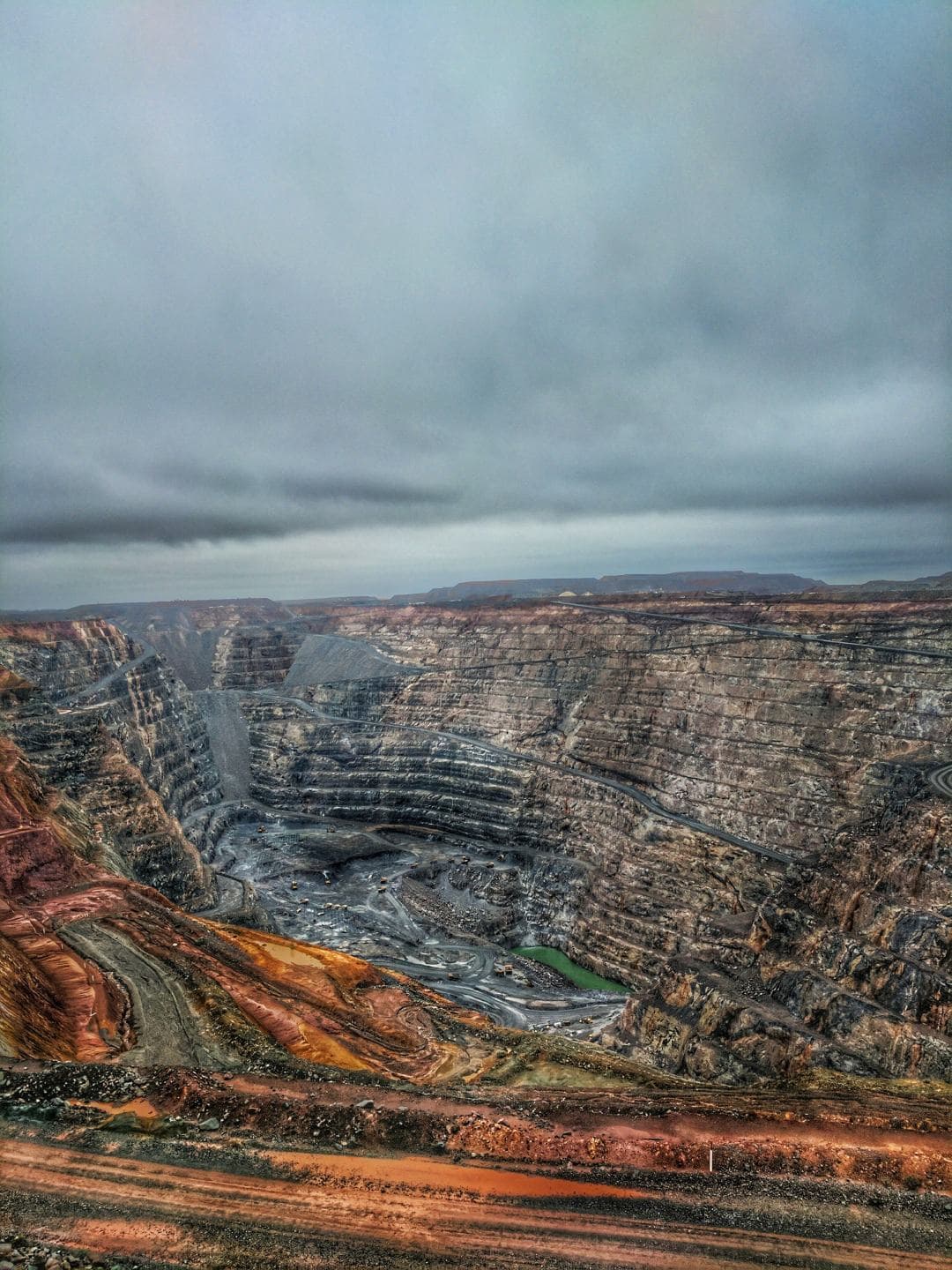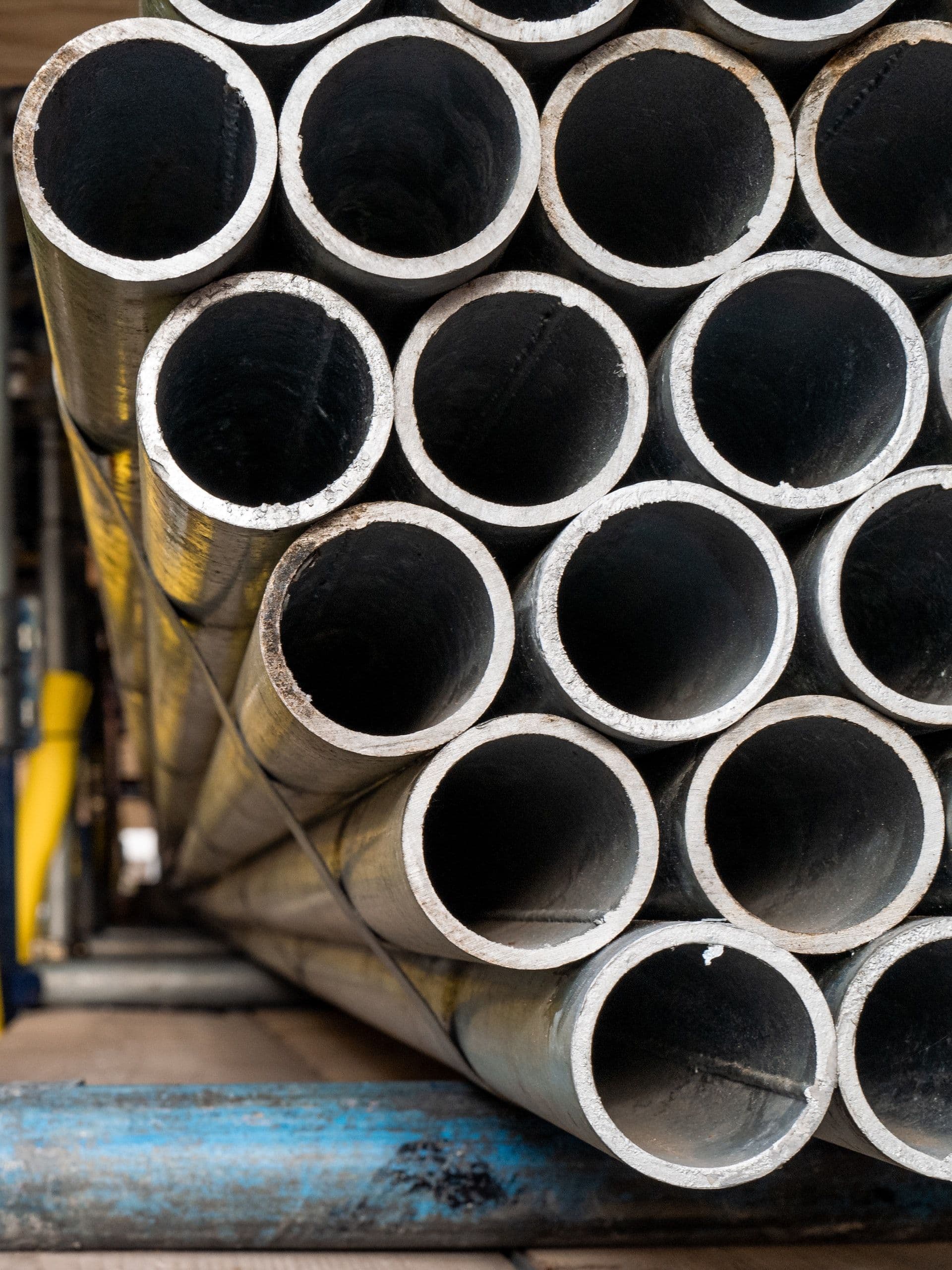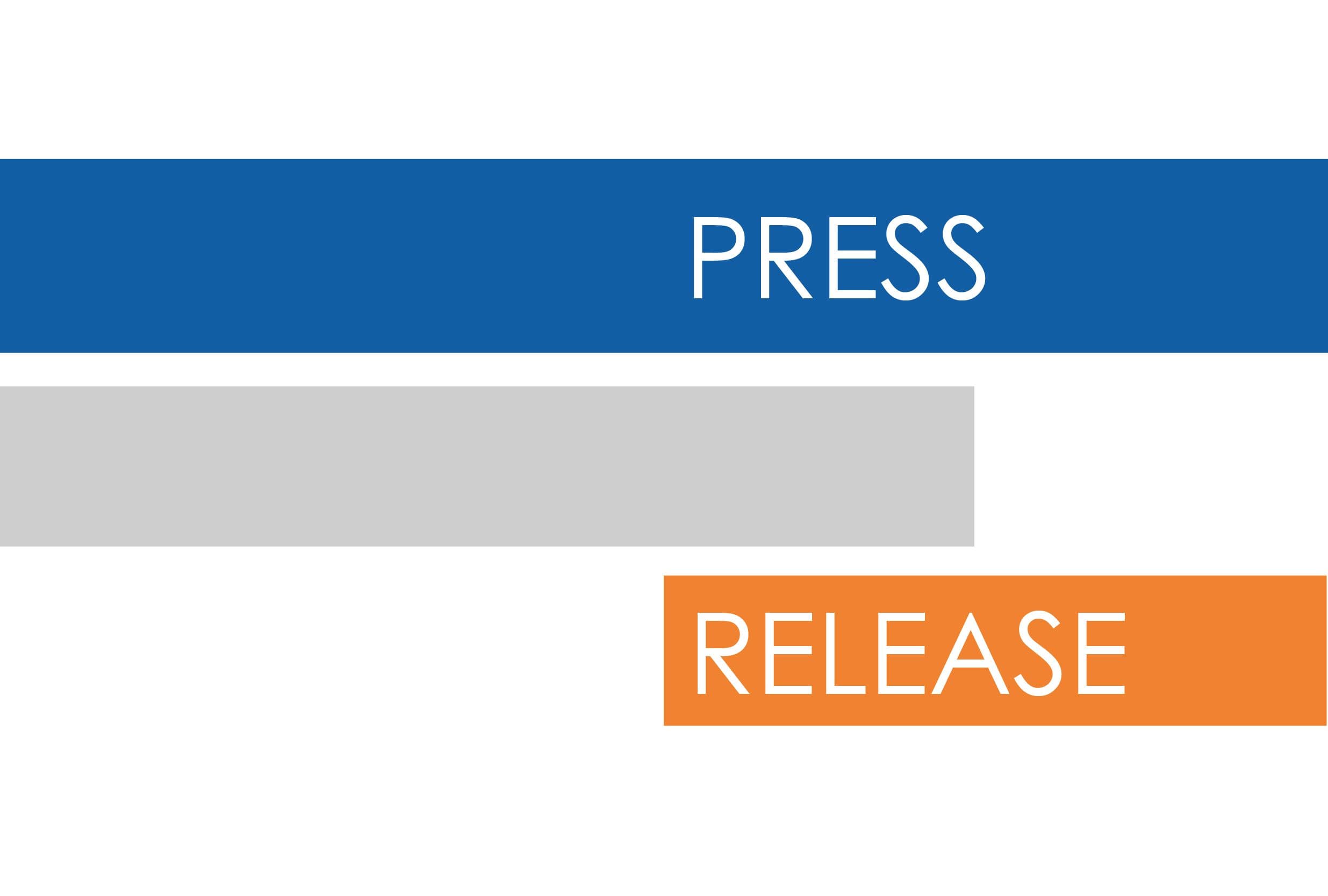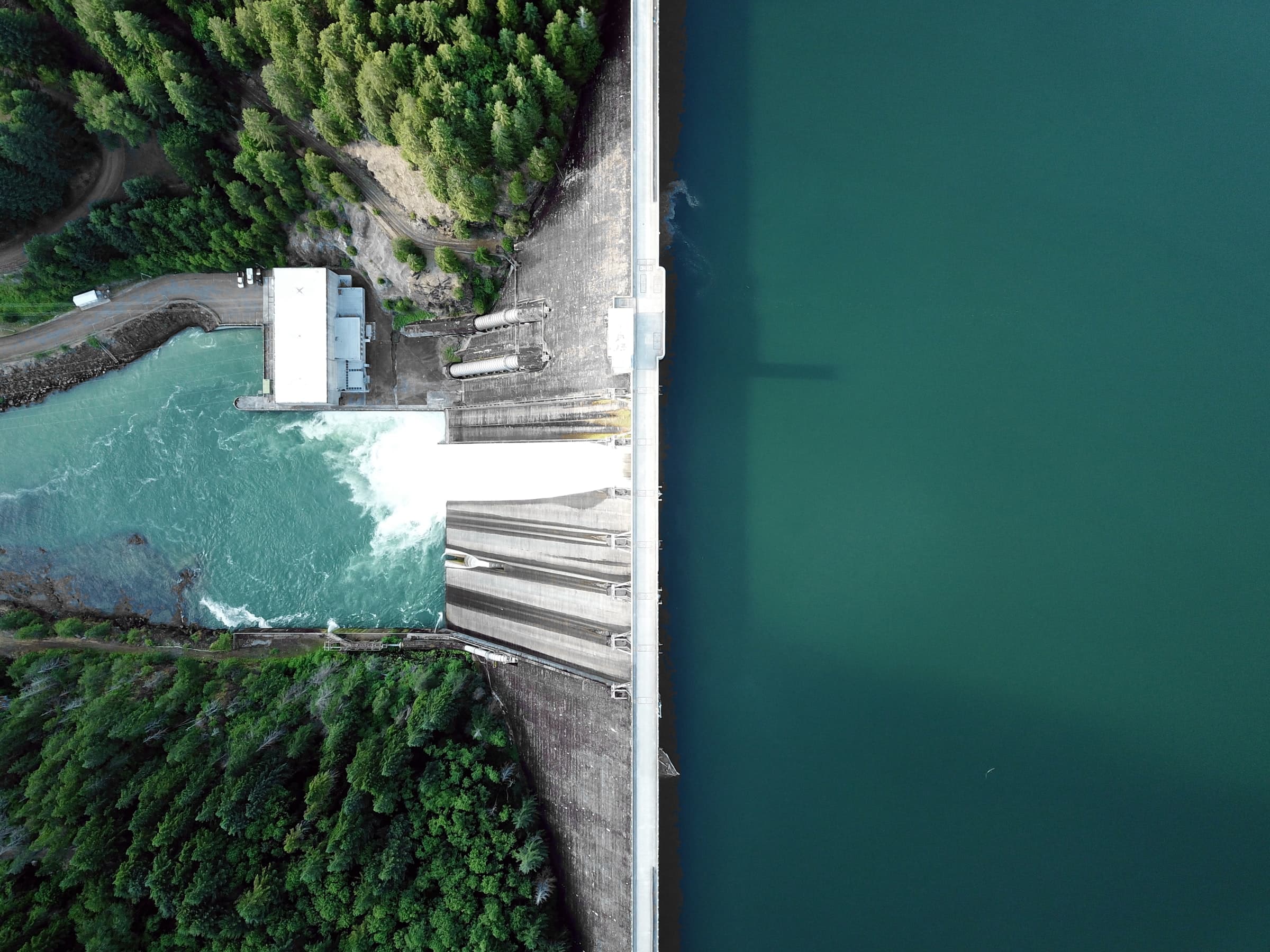Climate change and supply chains: are we heading towards a wave of supply chain disruptions?
Supply shortages, soaring prices and ever-lengthening delivery times: over the last two years the COVID 19 pandemic and the war in Ukraine have shed a brutal light on the vulnerability of our supply chains and our strong dependence on remote flows of goods and materials.
Thus, the unbridled globalisation of our economy has led to the quest of optimising supply chains (hyper-specialisation and hyper-localisation of production, drastic stock reductions, just-in-time production) to the detriment of their resilience.
In parallel, extreme climatic events are constantly increasing and already affect globalised supply chains. Climate change will magnify this trend with an increase of the frequency, range and intensity of these hazards.
Carbone 4 provides a (non-exhaustive) overview of recent climate events that have impacted supply chains and an analysis of their climatic resilience.
Examples that are increasing and which affect many sectors
Over the last few years, a large number of natural disasters that can be linked to climate change have impacted supply chains with varying consequences on the companies affected.
What are the vulnerability factors to climate change of a supply chain?
Although hazard plays a part in the occurrence of a climatic event, not all supply chains are equally vulnerable to it. Different characteristics can indeed make a company faced with climatic risk more or less sensitive to disturbances in its supply chain.
The supply chain in its entirety is affected and has levers that can be actuated to increase its resilience
A company can see its operations deteriorate indirectly due to the occurrence of a climatic hazard upstream or downstream of its supply chain. Different strategies can be implemented to ensure greater resilience to cope with these events, by collaborating with the different actors of the supply chain and/or by carrying out more company-focused approaches.
The importance of risk systemic assessment across the entire supply chain
Climate shift has begun and will lead to growing pressure on supply chains with increasingly intense and more frequent climatic events that may combine. Companies have different levers to adapt to them and increase their resilience.
Since each supply chain has its specific characteristics (location, supplier, market, packaging, etc.), there is no generic adaptation plan applicable to all supply chains. The systemic analysis of physical risks to the entire supply chain is therefore a necessary prerequisite of any adaptive approach, by making it possible to identify and qualify the most critical points to deal with.
In the framework of this analysis, the geographical concentration of supplies and disturbances liable to be generated by demand are two key elements although they are currently underestimated by most economic actors.
Contact us
Contact us about any question you have about Carbone 4, or for a request for specific assistance.

